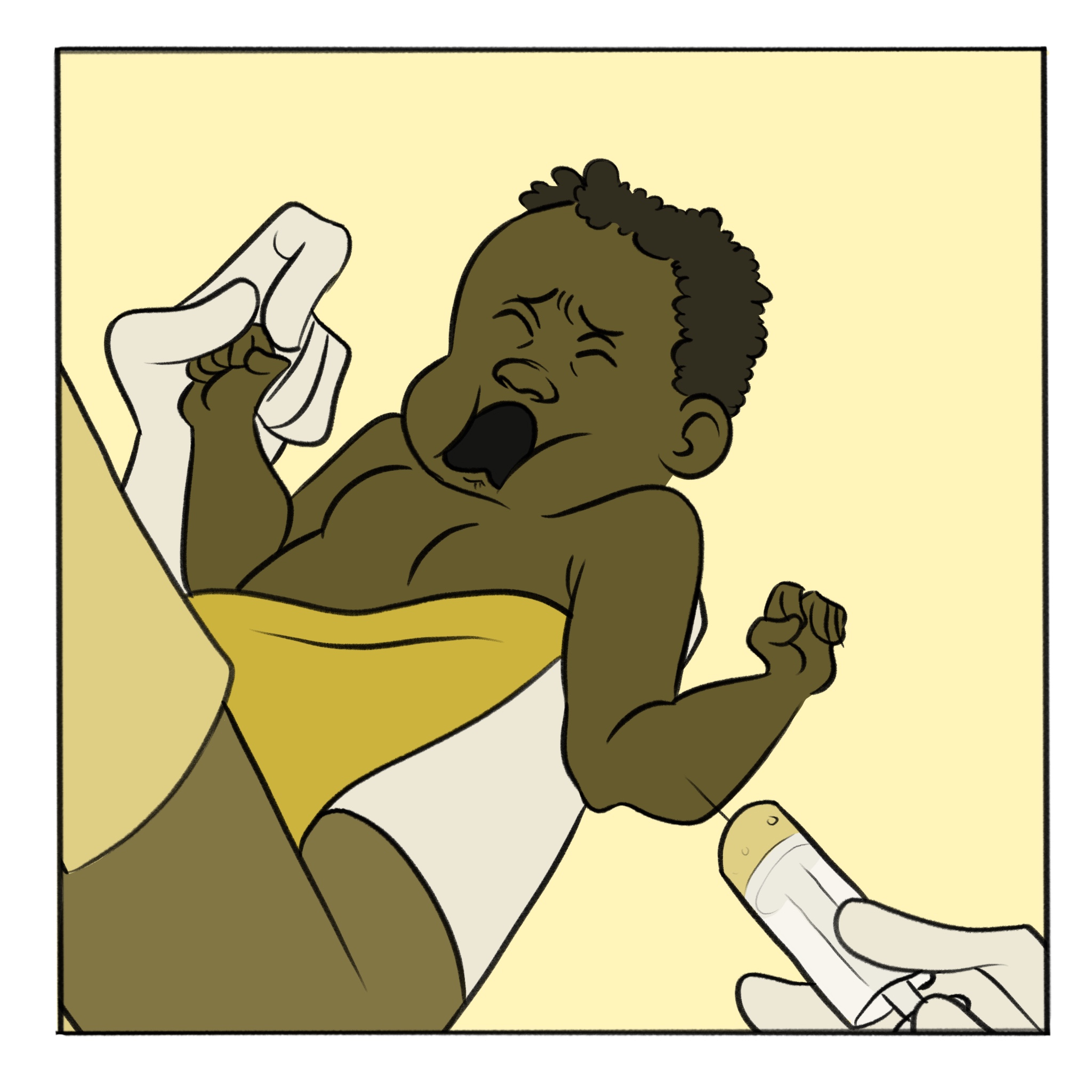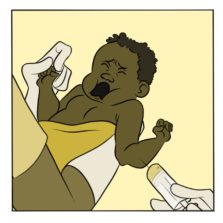

Even with containment strategies, creating an effective vaccine is crucial in ending this COVID-19 pandemic. However, there is no proven treatment or cure for this respiratory disease, and current estimates claim it will take at least a year and a half to get a safe, effective vaccine, according to The Guardian. So far, Moderna is in the first phase of clinical trials for a vaccine while Gilead Sciences and Roche are both in phase 3 of clinical trials for a potential treatment. Johnson & Johnson has also announced that it will begin human testing for its vaccine in September.
However, out of all of these potential vaccines or treatments, Johns Hopkins research into passive antibody therapy seems the most promising to provide much-needed aid during this pandemic. The general idea of passive antibody therapy utilizes the fact that once an individual recovers from the infection, their body has created antibodies that can recognize and combat the virus to prevent reinfection. If a recovered individual’s blood is given to a patient at high risk for the disease, the patient would receive the antibodies and could gain a short-term resistance to the virus. Although there are still many unknown variables with that treatment, this could prove to be useful in the upcoming weeks.
Senior Nicholas Lee explains how exactly a vaccine works to protect the human body from infection.
“Now when you get the vaccine, most likely through a shot, inside your body the vaccine will stimulate your immune system and make antibodies against the antigens. If the vaccine works, your body will be able to fight the virus,” Lee said. “[To put it] simply, a vaccine has weakened or dead [parts of a] virus that can no longer infect other living cells in your body. This allows your body to sense the foreign agent and defend against it [in the case you are infected].”
However, the steps in creating a vaccine aren’t widely known among the general populous. Senior Sabine Cismoski explains a rough timeline in creating a safe vaccine.
“Once a promising vaccine has been developed, it must pass different levels of trials,” Cismoski said. “It must also get FDA approval throughout the process to ensure that all the safety measures are being taken and that side effects of the potential vaccines are being accounted for. Once it has gotten through all of these tests, the vaccine can be moved to more mass development and distribution.”
According to the Center for Disease Control and Prevention, the general cycle for developing a vaccine is as follows: exploratory stage, pre-clinical stage, clinical development, regulatory review and approval, manufacturing and quality control. Bacteria and animal testing occur during the exploratory and pre-clinical stages, while the first attempts at human testing begins in clinical development. The timeline to develop a vaccine normally takes about 10-15 years; however, due to a global effort and information gained during the 2003 SARS pandemic, a vaccine could be developed in 18 months.
Clinical development, in particular, is divided into three phases of human testing, where each phase is an order of magnitude larger than the last. While the cost for developing a vaccine up to this point is variable, it is safe to say that any vaccine that reaches the third phase of clinical development has millions, potentially billions of dollars behind it.
Given the current situation of the healthcare system, many Americans are afraid that a coronavirus cure or vaccine could be too costly for the average person.
“There have been cases of people dying due to COVID-19 because they don’t have insurance, so I can predict the same for vaccines if they are too expensive,” said senior Magdalena Humphrey. “I feel like the main issue though would be people not being able to afford it because of all the money that went into development, [increasing the price of a potential vaccine]. Companies could [also] jack up prices and there wouldn’t necessarily be price competition, so there could be a monopoly which could harm lower-income areas.”
Humphrey brings up problems that could arise and prevent ‘herd immunity,’ which is a form of indirect protection from an infectious disease that occurs when a large percentage of a population has become immune to the virus, and that provides a measure of protection for individuals who are not immune.
In that way, the current healthcare system could become counterintuitive; low-income Americans who are at high-risk for infections won’t be able to afford the price of a vaccine, making it nearly impossible to achieve ‘herd immunity.’
“I’m definitely not surprised given the arduous process of developing vaccines. If anything, it’d be more shocking to get it done in [18 months],” Cismoski said. “It’s definitely still daunting, however, to know that we’ll likely still have to be dealing with the threat of coronavirus for months to come.”
As biotech companies work hard, communities should continue to practice safety measures such as social distancing and frequent hand washing until a safe and effective vaccine is found.



